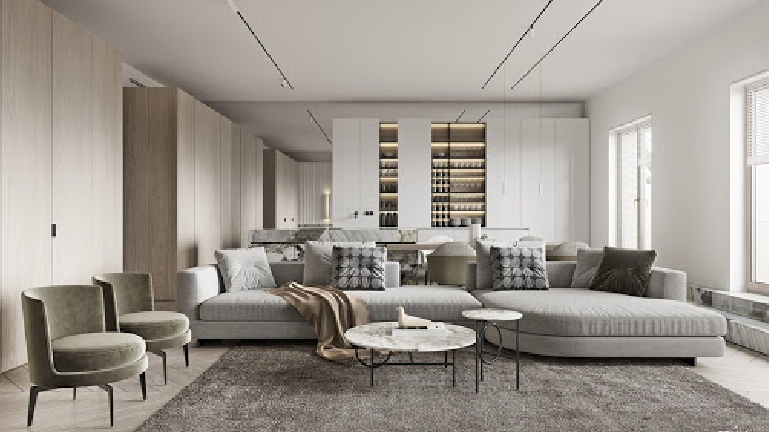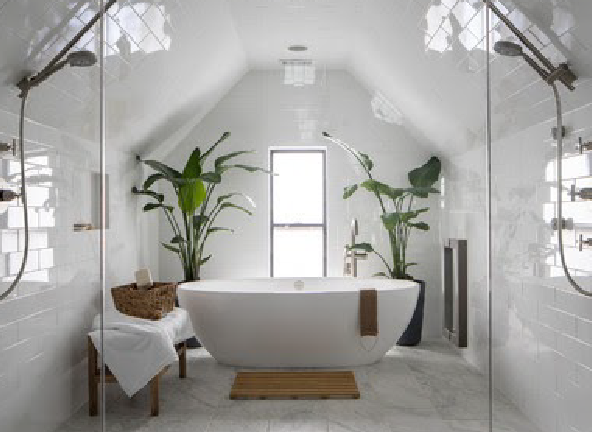Have you caught yourself just admiring the look and feel of someone else’s home or even a particular shop in the shopping mall? Even if the average Malaysian doesn’t understand the value behind a work of art, they would be able to appreciate the art of interior designs. I mean, we are practically surrounded by the art of architecture and interior design everyday. Whether it’s good ones or bad ones. It’s only so embedded into our lives that we don’t even realise we’re always exposed to these designs.
There are various approaches and interior design styles in which interior designs could be inspired by or combining in its final look. These designs sometimes have extremely unique or distinct features while some may only differ from another with the subtlest of differences. However, there is no doubt that each style has its own story to tell, conveying the history and culture of the style’s origins.
Each style packs its own flavour, its own finishing feel, and overall experience served to all that graces its presence. Thus, being able to distinguish between the wide range of interior designs or styles could help you out a lot in deciding what kind of approach you’d like to take for YOUR own dream space or even just for the sake of appreciating the art of interior design and architecture. You could even develop or visualise your own unique style of interior design to best suit your tastes and accommodate your lifestyle and values.
We hope that more and more people could inform themselves about the different approaches and styles of interior design to unlock their creativity and facilitate Malaysian’s abilities to express themselves through their home or express their company’s core principles through their office space. Here are 4 styles Malaysians should know:
#1 – MODERN INTERIOR DESIGN STLYE

Image sourced from home designing
The modern architectural and interior design approach celebrates a common intention throughout the unity of its elements. For example, celebrations of technology, materials, and composition through authenticity, transparency and efficiency. Originating back at the dawn of the 20th Century, The Modernist art movement inspired the Modern style and approach. This introduction of this style had reinvented the way people percepted the relationship between space and aesthetics, allowing us the ability to dig deeper into interior designs and feel more connected with it.
A space was no longer a lifeless and soulless empty area to inhabit but rather a functional and expressive space to truly live our lives. Because of the emphasis on functionality and clarity in Modern interiors, it typically displays a complex overlay of functional programming, careful compositions, and clearly articulated lines and geometry.
#2 – INDUSTRIAL STYLE

Image sourced from Artiss
The industrial style is one that focuses on the efficiency and functionality of the modernist approaches. The primary aesthetic is created through the transformation of the functional elements of a design’s space. For example, beams, columns, pipes, ducts and flanges are incorporated in the design to convey the message of ‘machine for living’. Because of that, this form of interior largely conveys masculine overtones.
Contrary to most styles, the industrial style distinguishes itself from the way it embraces the worn, recycled or salvaged look and how it gives the sense of weight and roughness to the overall feeling. It resembles the look of a typical warehouse or loft, and sticks to warmer, more neutral colours such as browns or grays to mimic the colours of steels or iron along with exposed concrete and unfinished brickwork.
#3 – CONTEMPORARY

Image sourced from Amazon
Contemporary equals current. That is why it is always evolving and changes with the latest trends and tastes in the given time. Because of that it is difficult to describe or characterize the elements of a contemporary style as a concept. However, it diverges from the modernist aesthetic approach by presenting a more balanced and rounded approach. This style aims to create a space that is warm and cozy from its more fluid and instinctive approach.
#4 – MINIMALIST

Image sourced from artfasad
The Minimalist interior brings out the driving concepts of modernism through an almost always rigid choice of colour palette. The flames of the minimalist style started around the 1960s to 1970s ignited by the Minimalist arts movement. It is heavily inspired by traditional Japanese design and Zen philosophy.
Minimalism strips the interior design elements down to the bare basics and conveys an aesthetic that highlights the way interior designs can be executed while striving for high levels of efficiency. It is a style that hates any form of clutter or distracting elements because it does not want to take away the attention off of the key features in the design. It likes to maximise the impact of bold visuals and the underlying use of space. Everything is kept to a bare minimum. For example, the stories are concealed, colours lean to more muted tones with only one or two accent pieces to be highlighted in each space.



